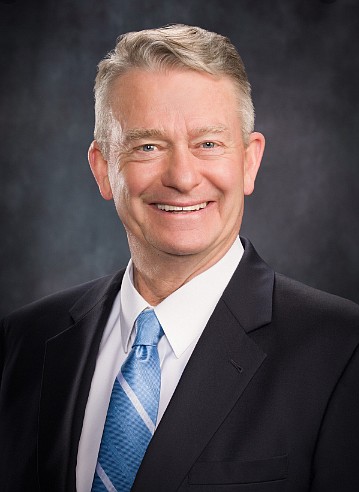Idaho directs more aid to hospitals overwhelmed with COVID-19 patients
Governor Brad Little announced Idaho will direct an additional $10 million in relief dollars to address the growing needs in Idaho hospitals, primary and urgent care clinics and skilled nursing facilities due to the recent surge in COVID-19 patients needing care.
“We have taken many steps to preserve access to healthcare during the pandemic, and this latest round of support will help ease the burden on our hospitals and healthcare heroes right now,” Little said.
Since the COVID-19 vaccine was made widely available in May, Little and the State of Idaho have directed the following resources to expand hospital capacity during the public health crisis:
- New funds to establish three new monoclonal antibody treatment facilities across Idaho, where patients can receive life-saving infusions and avoid a trip to the hospital. Hundreds of Idahoans have taken advantage of the treatments since July. There are 32 Idaho hospitals offering monoclonal antibodies in Idaho
- By mobilizing the National Guard, deploying a military medical response team to North Idaho, and contracting with the federal government, up to 370 additional personnel were added to assist hospitals.
- Total $7 million to hospitals to help relieve staffing shortages.
- Total $4.5 million for primary care and urgent care entities that serve an important role in keeping people from becoming so ill they need to seek medical care at the hospital.
- Total $8.5 million to preserve hospital capacity by increasing discharges from hospitals to skilled nursing facilities for COVID-19 positive patients.
- Temporary licensing fees were waived again for retired or inactive nurses so they can activate their licenses and reenter the workforce more easily. This same step last year cleared the way for more than 1,000 nurses and other health professionals to help out.
- $30 million toward expanded COVID-19 testing in Idaho K-12 schools to minimize virus transmission.
Since the COVID-19 vaccine was made widely available to everyone in May, nearly all new COVID-19 cases, hospitalizations, and deaths are among the unvaccinated.

